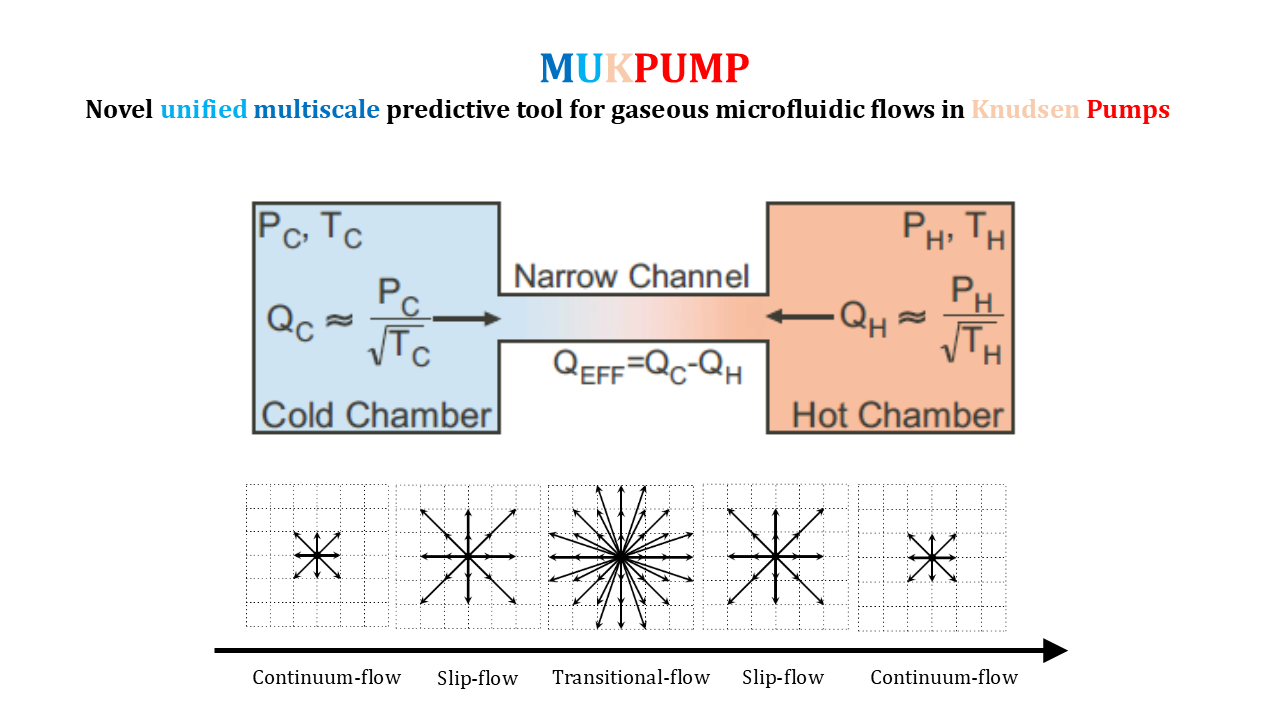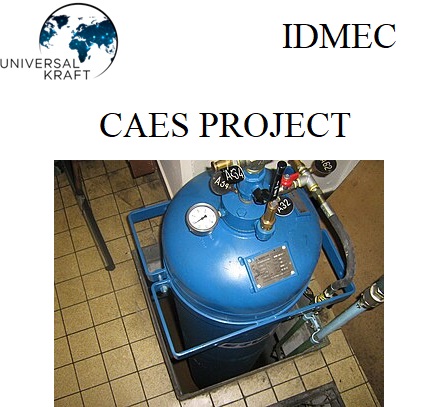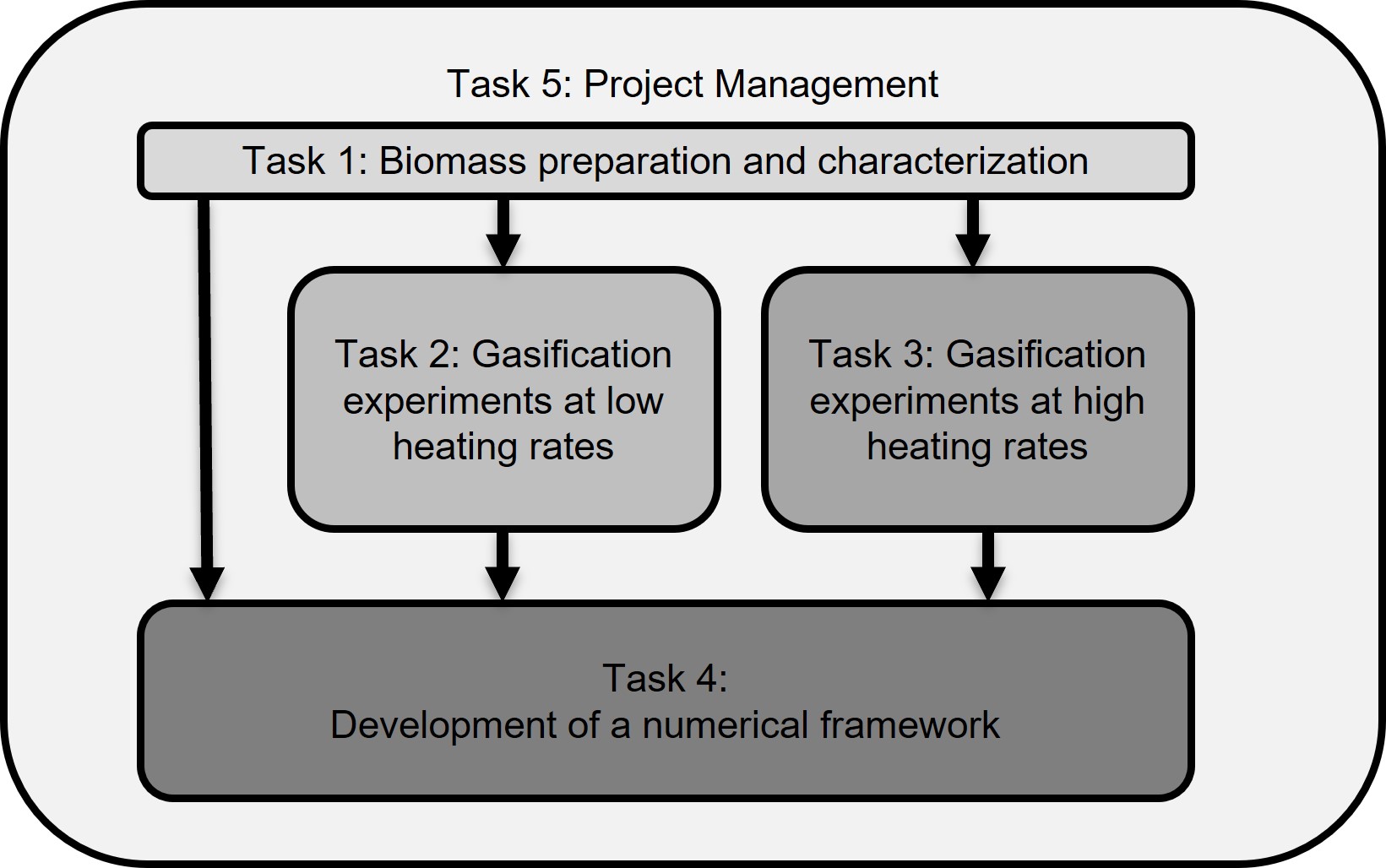The Center of Energy and Fluid Mechanics has six main scientific groups:
- Combustion and Sustainable Development, coordinated by Prof. Miguel Mendes
The research of the Combustion and Sustainable Development group aims at: (i) investigation on particle ignition, combustion kinetics and fragmentation, and ash behavior of biomass fuels; (ii) investigation on co-combustion of coal with biomass; (iii) investigation on flameless oxidation and oxy-fuel combustion phenomena; (iv) development of a novel hybrid engine concept for future aircraft propulsion systems; (v) study of biomass gasification and pyrolysis processes; (vi) development and promotion of tools and good practices for energy management, urban planning, rational use of energy and integration of renewable energy technologies; (vii) identification and assessment of energy efficiency and renewable energies opportunities, initiatives and projects with the purpose of promoting energy sustainability and greenhouse gas emission reduction; (viii) identification and dissemination of good practices examples to overcome political barriers, increase environmental awareness and market stimulation; and (ix) investigation of barriers, drivers and pathways to individual and collective prosumer participation in social energy markets and the democratization of energy.
- Energy in Transports, coordinated by Prof. Tiago Farias
The Energy in Transports group aims at developing research activities in the fields of sustainable mobility, alternative fuel vehicles, vehicle dynamics and environmental performance and alternative and sustainable energies within the transport industry. In more detail, the research areas currently covered are: quantification of impacts in a life-cycle analysis of different vehicle technologies and alternative energy pathways; real time monitoring of dynamic, energy and emissions characteristics of vehicles and individuals; the study of electric solutions for urban mobility; urban logistics; users’ behavior analysis; and urban accessibility and exposure assessment.
- Flow Physics and Simulation, coordinated by Prof. José Carlos Pereira
The Flow Physics and Simulation group aims at: (i) understand and model turbulent entrainment across fluid interfaces, (ii) study the effects of polymer additives in turbulent flows, (iii) develop subgrid-scale models for scalars and for turbulent flows with polymer additives, (iv) study non-equilibrium turbulence, (v) develop mathematical and computational tools for uncertainty quantification in reactive, hemodynamic and forest fire propagation flows, (vi) study instabilities and transition in aerodynamics, (vii) develop low-Reynolds-number flow concepts for passive stall control and pulsed propulsion in micro-aerial-vehicles, (viii) develop new computational tools for complex geometry and multiphase flows with SPH methods.
- Heat Transfer, coordinated by Prof. Pedro Coelho
The research of the Heat Transfer group aims at: (i) development of computational methods for the solution of radiative transfer in participating media, with special emphasis on the discrete ordinates, finite volume and hybrid methods aiming at an improvement of the accuracy and computational effciency of the calculations; (ii) application of state-of-the-art models for the calculation of radiative properties of gases and particles in the solution methods for radiative transfer problems; (iii) investigation of the interaction between turbulence and radiation in turbulent reactive flows; (iv) application of the developed methods to the numerical simulation of turbulent reactive flows; (v) development of classical and multi-scale methods for the solution of transient radiative transfer problems; (vi) simulation of the interaction between a thermal plume and the ceiling jets induced by impulse fans, with or without a heat source, aiming at the investigation of fire safety in underground car parks.
- Microfluidics and Biomicrofluidics, coordinated by Prof. Viriato Semião
The research of the Microfluidics and Biomicrofluidics group aims at: (i) development of numerical techniques, particularly lattice Boltzmann, to simulate both isothermal and non-isothermal flows inside stationary and rotating (with body force) devices, (ii) laboratory experimentation on non-biological fluid flows inside microdevices, and (iii) in vitro experimentation on blood flows inside microdevices.
Research and development on non-biological fluid flows inside microdevices focus on new and innovative techniques to dynamically characterize steady and unsteady regimes at both stationary and rotating frames, and for both Newtonian and non-Newtonian fluids.
As for biological fluids, blood of different animals has been used to characterize its flows inside microdevices in terms of thrombus formation, hemolysis, plasma-layer building up at solid boundaries, erythrocytes organization in different flows, erythrocytes deformation and blood viscosity. All these issues are relevant in blood oxygenation processes, particularly those using biocompatible membranes.
- Renewable Energy Technologies, coordinated by Prof. Luis Gato
The Renewable Energy Technologies group has been active for more than thirty years, especially in ocean wave energy conversion and in turbines for small hydroelectric plants. More recently, the group has been involved also in the development of small wind turbines.
Most of the work focussed on wave energy conversion, in which the group achieved high international recognition. A high landmark was the overall coordination of the four European projects that funded the basic studies, design, construction and monitoring of the European wave energy pilot plant at the island of Pico, Azores. This plant, still operational, was the first wave energy plant worldwide designed to permanently supply electrical energy to a grid. The activity and expertise of the group covers most areas in wave energy technology. Strong points are hydrodynamics, numerical modelling, model testing, power take-off equipment, especially air turbines, plant control and moorings. In the last few years, the activity focussed on offshore wave energy converters of oscillating water column type and on the development of new types of air turbines.
The group has also been involved in the numerical and experimental development of small hydraulic turbines, especially of cross-flow and Kaplan-bulb types.







